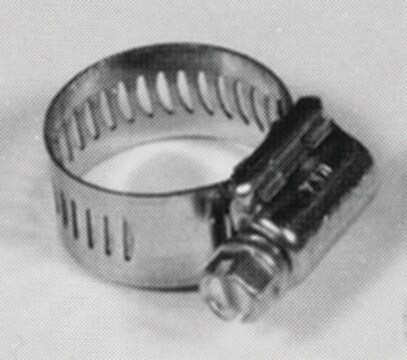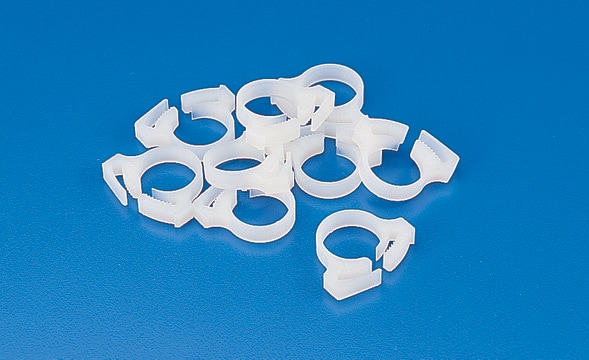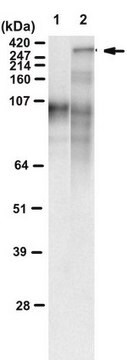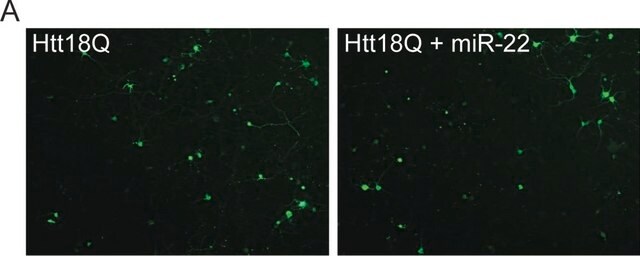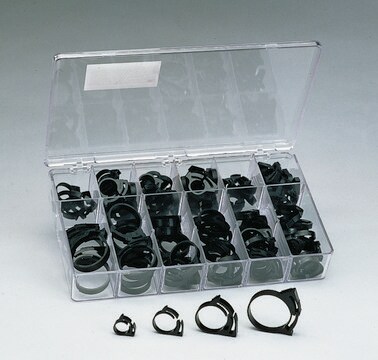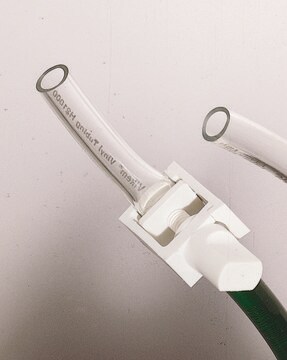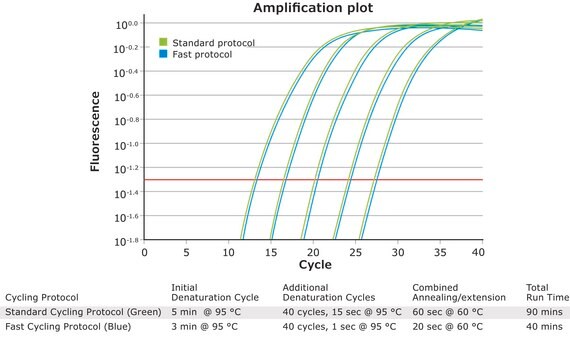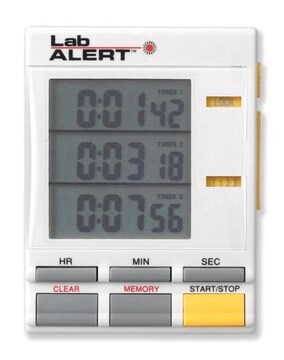Recommended Products
antibody form
purified antibody
clone
PHP1
monoclonal
purified by
using protein G
species reactivity
mouse, human, mouse
concentration
(Please refer to lot specific datasheet.)
technique(s)
dot blot: suitable
electron microscopy: suitable
immunohistochemistry: suitable
western blot: suitable
isotype
IgG1κ
UniProt accession no.
Mode of action
| inhibits
General description
GST-tagged recombinant exon1 of wild-type human huntingtin HTTx1 (20Q) protein.
Specificity
Clone PHP1 is mouse monoclonal antibody that detects mutated Huntingtin protein. It targets an epitope QAQPLLPQP within the proline-rich domain.
Application
Western Blotting Analysis: A representative lot detected mutant HTT in Western Blotting applications (Ko, J., et. al. (2018). Hum Mol Genet. 27(13):2330-2343).
Western Blotting Analysis: A 1:1,000 dilution from a representative lot detected mutant HTT in brain tissue lysates of 6 and 9 month-old WT or Q140 KI HD mice (Courtesy of Ali Khoshnan, Ph.D., California Institute of Technology, Paadena, CA).
Electron Microscopy Analysis: A representative lot detected mutant HTT in Immuno-Electron Microscopy applications (Ko, J., et. al. (2018). Hum. Mol. Genet. 27(13): 2330-2343).
Inhibits Activity/Function Analysis: A representative lot blocked seeding and subsequent fibril assembly of mHTTx1 in vitro and in a cell culture model of HD. (Ko, J., et. al. (2018). Hum Mol Genet. 27(13):2330-2343).
Immunohistochemistry Analysis: A representative lot detected mutant HTT in Immunohistochemistry applications (Ko, J., et. al. (2018). Hum Mol Genet. 27(13): 2330-2343).
Dot Blot Analysis: A representative lot detected mutant HTT in Dot Blot applications (Ko, J., et. al. (2018). Hum Mol Genet. 27(13):2330-2343).
Western Blotting Analysis: A 1:1,000 dilution from a representative lot detected mutant HTT in brain tissue lysates of 6 and 9 month-old WT or Q140 KI HD mice (Courtesy of Ali Khoshnan, Ph.D., California Institute of Technology, Paadena, CA).
Electron Microscopy Analysis: A representative lot detected mutant HTT in Immuno-Electron Microscopy applications (Ko, J., et. al. (2018). Hum. Mol. Genet. 27(13): 2330-2343).
Inhibits Activity/Function Analysis: A representative lot blocked seeding and subsequent fibril assembly of mHTTx1 in vitro and in a cell culture model of HD. (Ko, J., et. al. (2018). Hum Mol Genet. 27(13):2330-2343).
Immunohistochemistry Analysis: A representative lot detected mutant HTT in Immunohistochemistry applications (Ko, J., et. al. (2018). Hum Mol Genet. 27(13): 2330-2343).
Dot Blot Analysis: A representative lot detected mutant HTT in Dot Blot applications (Ko, J., et. al. (2018). Hum Mol Genet. 27(13):2330-2343).
Quality
Evaluated by Immunohistochemistry (Paraffin) in Human Huntington′s diseased brain tissue sections.
Immunohistochemistry (Paraffin) Analysis: A 1:50 dilution of this antibody detected mutant HTT in Human Huntington′s diseased brain tissue sections.
Immunohistochemistry (Paraffin) Analysis: A 1:50 dilution of this antibody detected mutant HTT in Human Huntington′s diseased brain tissue sections.
Physical properties
347.60 kDa calculated.
Physical form
Purified mouse monoclonal antibody IgG1 in PBS without azide.
Storage and Stability
Stable for 1 year at -20°C from date of receipt. Handling Recommendations: Upon receipt and prior to removing the cap, centrifuge the vial and gently mix the solution. Aliquot into microcentrifuge tubes and store at -20°C. Avoid repeated freeze/thaw cycles, which may damage IgG and affect product performance.
Other Notes
Human, Mouse.
Disclaimer
Unless otherwise stated in our catalog or other company documentation accompanying the product(s), our products are intended for research use only and are not to be used for any other purpose, which includes but is not limited to, unauthorized commercial uses, in vitro diagnostic uses, ex vivo or in vivo therapeutic uses or any type of consumption or application to humans or animals.
Certificates of Analysis (COA)
Search for Certificates of Analysis (COA) by entering the products Lot/Batch Number. Lot and Batch Numbers can be found on a product’s label following the words ‘Lot’ or ‘Batch’.
Already Own This Product?
Find documentation for the products that you have recently purchased in the Document Library.
Our team of scientists has experience in all areas of research including Life Science, Material Science, Chemical Synthesis, Chromatography, Analytical and many others.
Contact Technical Service